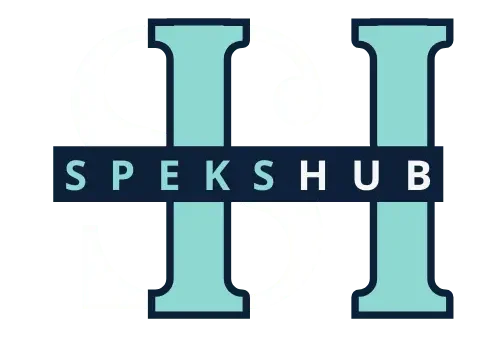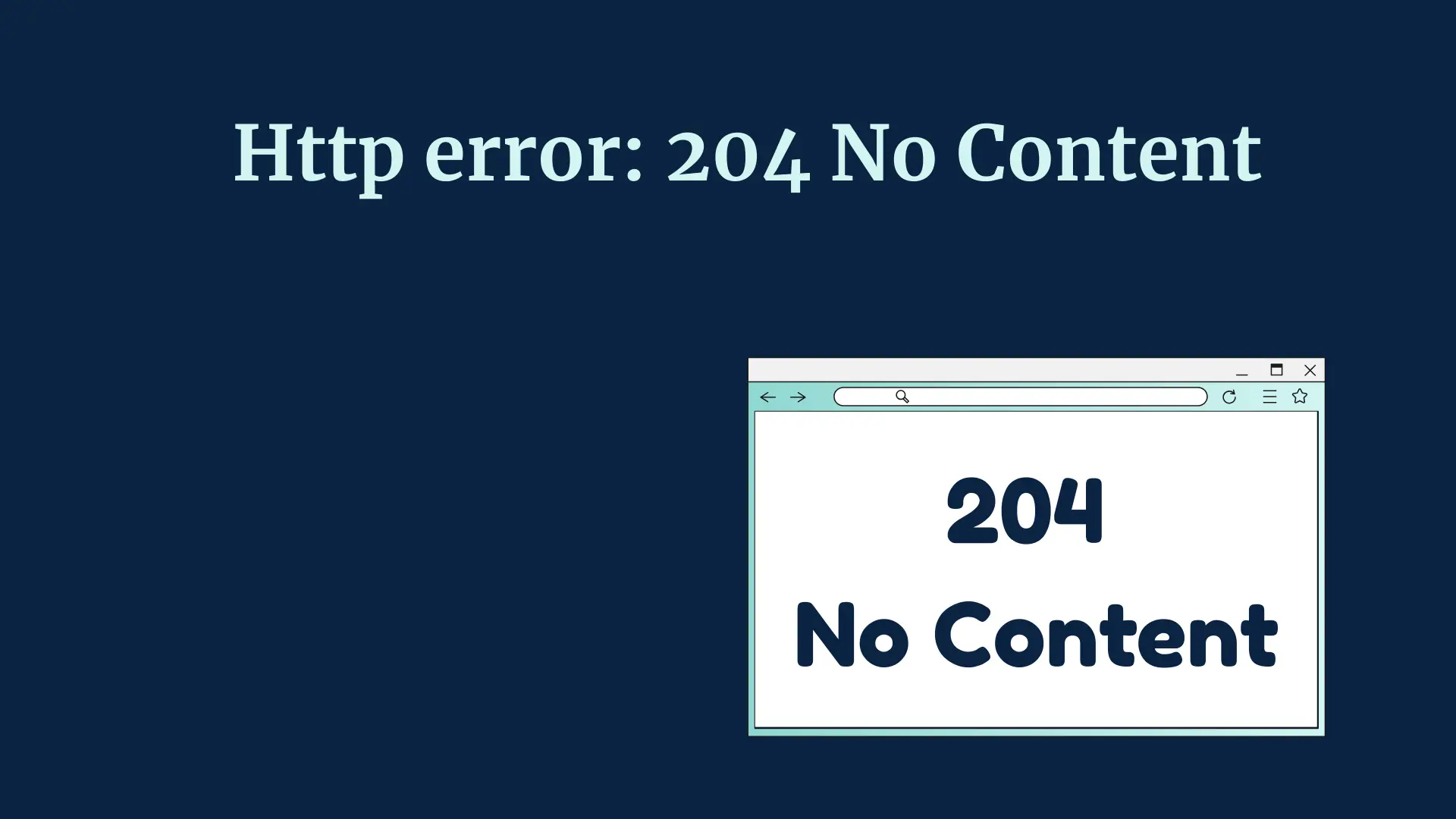You often see http response 204, it is known as “No content”, which indicates that the server handled your request successfully— but there is nothing it can give you in that response. It might sound weird to you, but in reality it is a very powerful mechanism a server gives in website development.
It allows your websites and web applications to respond to requests silently— and confirming that actions have been done against requests you have made— without reloading web pages or sending back useless data.— it helps the internet to run flawlessly.
Key Takeaways
- 204 error means Successfull request, but No Body → The request you sent worked, but the server returns no content in return.
- Not an Error → It’s from a 2xx HTTPs success status, like 200 OK.
- Best for APIs → It is commonly used in DELETE, PUT, PATCH, and silent background actions.
- SEO Neutral → it has no direct impact, but avoid using it for user-facing pages.
What Is HTTP 204 No Content?
In HTTPS, the response code 204 provides us a shorthand to understand how our server responded to the query.
It is the successful error, it tells the user that “ I got your request successfully, you are good, but I have nothing new to present to you”
➯ Meaning of 204 Status Code
- Response code 204 means, the server accepted your request successfully, but it excluded the content deliberately in response— means the body is empty in response.
- According to HTTP standards (RFC 7231), the query response you get in return should not include any content in the body, ending right after the headers.
- The 204 no content is cacheable by default, and it normally includes metadata just like ETag headers to help you with cache or help you avoid conflict in data.
➯ Difference Between 200 and 204
| Status Codes | Difference |
|---|---|
| 200 OK | ✯ It includes data or content in (HTML, JSON, etc). ✯ It also triggers user UI updates or changes in page |
| 204 No Content | ✯ It contains an empty body in response—contains only headers. ✯ It is ideal when user don’t change the present view or reloads anything |
Common Uses of 204 Response
Following are the common uses of 204 error code:
➯ Successful Request With No Data Returned
- It is normally used for background operations— just like auto-saving your settings— where the user does not need any visual update in content, they just need a silent success.
- It makes sure that your user experience is flawless, without your site page reloads or extra payloads.
➯ Used in APIs and Web Applications
Following are the common cases where 204 no content fits best:
- To Delete Requests: It confirms the deletion of resources without any need to return things in response.
- PUT/PATCH updates: It shows your success without giving back any updates in return. But the user knows the action performed.
- Best for Polling or AJAX operations: Just like if you are going to check for updates and it tells “I’ve nothing new”. It helps you save the bandwidth and to avoid any UI changes.
How to Handle 204 No Content
Here is how you can handle 204 No content:
➯ Check Server Response and Client Request
- It is important for users to not expect any content in return when the server shows you 204 errors. In case if your code setup expects any content in response, then this causes bugs and breaks.
- If you are in any doubt, especially for GET operations, it is better for you to go for 200 OK with an empty list to simplify the data handling.
➯ Ensure Correct Use in REST APIs
- Use response code 204 when your APIs silently confirm your operations (like delete, saving etc.)
- But in case your APIs is hypermedia-driven (HATEOAS), the 204 error code might remove important and necessary links or navigation information —it is better for you to consider returning your content with proper guidance instead.
SEO and User Impact
Here is how http response 204 impacts your SEO efforts and user impact:
➯ No Effect on Ranking if Used Properly
The 204 error is not indexed— because there is no content for crawlers to crawl. It is totally fine for APIs endpoints or any background services that don’t need SEO presence.
➯ Can Affect User Experience if Misused
- If the 204 error code mistakenly returns on a user-facing page — it might leave users confused and puzzled — as they see nothing, with no error.
- If you want to think about the worst scenario then, search engines will skip indexing of blank responding pages— this will decrease your discoverability on search engines like Google.
FAQ
What does HTTP 204 mean?
It means the server successfully processes your request, but there is no content returned in response.
Is 204 an error?
No, it is a success status code. Specifically, it belongs to the 2xx family of HTTPs responses. As it shows a successful request sent but there is no information in return.
When is 204 used?
The response code 204 Often used in APIs, forms, or actions that do not need a response body.
How is 204 different from 200 OK?
200 OK returns both data and successful status. On the other hand, 204 confirms success only without any data in response.
Does 204 affect SEO?
Not directly, but avoid using it for key web pages. 204 does not harm your SEO efforts and can improve UX by being silent and efficient at the same time.

